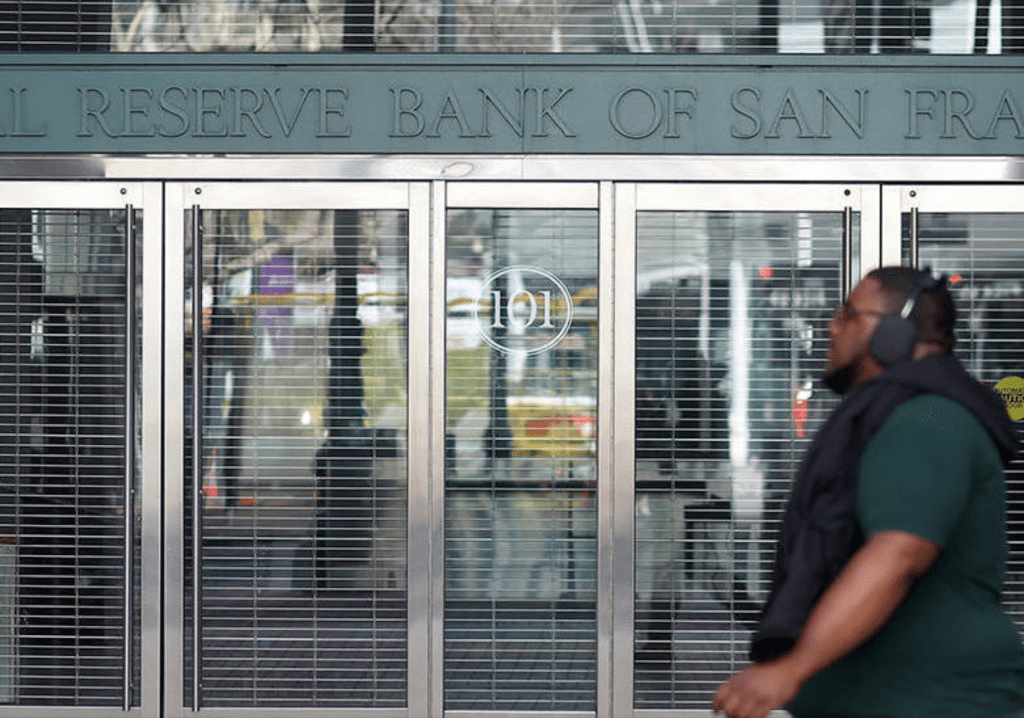Keywords: Financial Regulation, US Banking System, Bank Failures, Regulatory Overhaul, Silicon Valley Bank

Introduction
The intricate maze of America’s financial regulatory system often leaves outsiders, and sometimes insiders, baffled. This complexity becomes particularly evident when a bank fails. The blame game starts, with the focus shifting from one regulatory agency to another, leading to more confusion than resolution. This article delves into the need for an overhaul of the US’s financial regulatory system, exemplified by the recent failure of the Silicon Valley Bank.
The Many ‘Fathers’ of a Bank Failure
In the event of a bank failure, attention typically zeroes in on the regulators. Who missed the red flags? Who neglected their duties? The questions swirl and often land on multiple agencies due to the intricate network that comprises the US’s financial regulatory system.
The aftermath of a bank failure, such as the recent Silicon Valley Bank (SVB) collapse, presents an illustrative case. The intricacy of the system leads to a peculiar situation where the responsibility for failure is diffused across multiple agencies. This situation mirrors an inverted version of John F. Kennedy’s renowned quote following the Bay of Pigs fiasco, suggesting that “success has many fathers, but failure is an orphan.” Ironically, in the case of American bank failures, failure appears to have multiple fathers, each disclaiming responsibility.
A Call for Regulatory Overhaul
The perplexing complexity and diffused responsibility inherent in the current regulatory system underscore the urgent need for a significant overhaul. Simplification, transparency, and clear-cut accountability should be the pillars of this reform.
A streamlined regulatory system can lead to more efficient oversight, ensuring that the regulators can timely identify and respond to warning signs. Moreover, clearly defined roles and responsibilities will prevent the diffusion of accountability, ensuring that the necessary corrective measures can be swiftly and effectively implemented.
Conclusion
The American financial regulatory system, with its labyrinthine structure and diffused responsibility, urgently needs revamping. The recent collapse of the Silicon Valley Bank exemplifies this need.
A successful overhaul should aim to simplify the system, promote transparency, and clearly define the roles and responsibilities of different regulatory bodies. Such an overhaul is crucial to prevent future banking failures and ensure the robustness and resilience of the US banking system.
I invite you to share your thoughts, pose questions, and engage in a discussion on this pressing issue. Your insights are invaluable, and together, we can contribute to the discourse that could shape the future of financial regulation in the United States.







